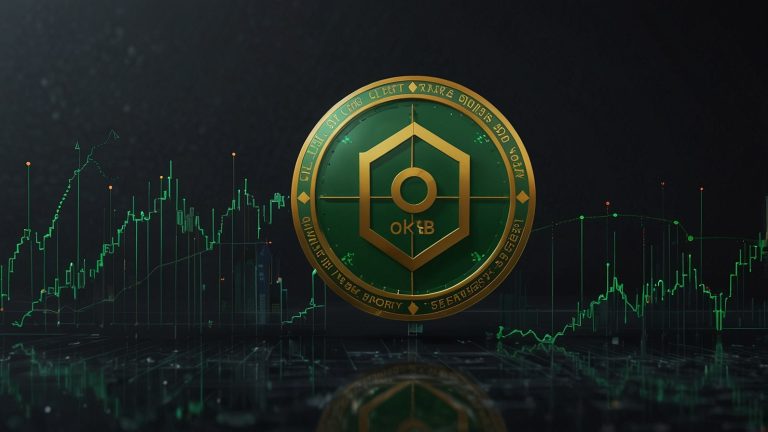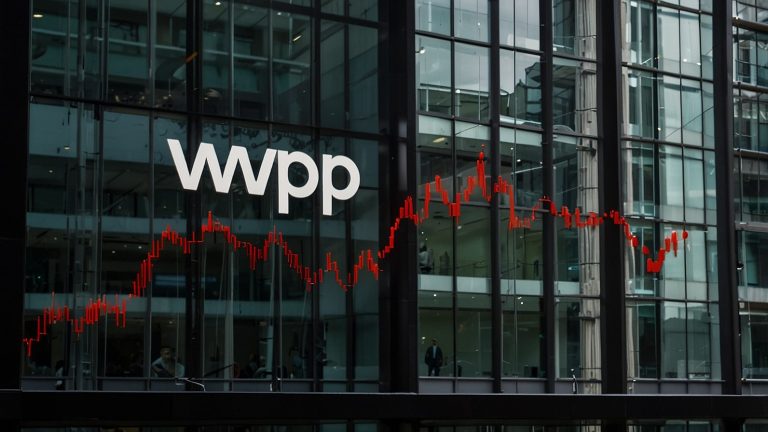Unless stated otherwise, October 31, 2025 – Pi Network, the mobile-mined cryptocurrency that has drawn millions of users, moves closer to its much-anticipated mainnet upgrade and moves PI token trading to complete decentralisation.
In a crypto market that is losing more than $200 billion in market capitalisation overnight, PI is fighting gravity at approximately $0.45, supported by developer achievements and a user base that is expanding to the tune of 60 million and above. With Bitcoin at the back of the neck at the support level of 108,000, the grassroots movement behind Pi makes it a low-profile hit in the altcoin market.
PI Price Update: Stabilised Gain in the Wider Market Uncertainty
The token of PI has sailed through the turbulent seas, as it has shifted by 24 hours between $0.42 and 0.48 on the OKX and Huobi exchanges. The volume of the trade increased by 28% to $45 million, and this reflects the rising liquidity as wallets move to the open mainnet with the KYC-enabled holders.
With a market capitalisation of around 3.2 billion dollars, PI has an RSI of 62, which indicates weak positive pressure, whereas the 200-day moving average at 0.38 means that the company has a strong foundation.
This strength is very different compared to sector-wide liquidations of more than $300 million, in which meme coins and Layer-1 challengers collapsed. The non-technical users attracted by the unique mobile mining model proposed by Pi, where no special hardware was needed, still keep growing, with 1.2 million active wallets per day.
Technical projections are looking at breaking out to above $0.50 as long as the migration volumes are maintained, which would initiate an upward move to as high as 0.70 by mid-November.
Mainnet Migration Streak: 10 Million Wallets Verified, Full Launch Imminent
The highlight of October: Pi Network reached 10 million KYC-verified migrations to its open mainnet, which is a major milestone that enables complete trading and deploying dApps to its network.
The migration is in beta and has moved fast, with more than 70% of Pioneers on-chain. The stage also removes the transfer constraints of the closed mainne,t allowing free PI flow between wallets and exchanges.
The update comes with zk-SNARKs to accomplish privacy-enhancing transactions and a decoupled consensus layer, which can be scaled to 100,000 TPS. Not a launch but a liberation of the Pi economy, proclaim community heads.
There are early adopters who report a frictionless integration with Ethereum and Solana, which preconditions cross-chain integrations of DeFi. By the time the mainnet has gone live (Q1 2026), a deluge of utility-driven demand is estimated, and PI will have become an ecosystem fuel rather than a speculative asset.
Pi Commerce Rollout: The Real World Utility Passes Centre Stage
The commerce ecosystem of Pi had gone bang on October 15 with the release of the merchant toolkit of Pi Chain, which enabled businesses to accept PI payments through the QR code and the NFC tap.
More than 500,000 Pioneers have registered as vendors, between e-commerce stores in the US and street food stalls in Southeast Asia, who process $2.5 million of monthly volume.
It is a peer-to-peer marketplace based on the Stellar Consensus Protocol of Pi and with fees reduced to less than 0.1% and incentives of mining bonuses on transactions. Shopify and WooCommerce integrations have been the frenzy of adoption, with case studies reporting 40% revenue increases of small merchants.
Since PI pays fiat using alliances with local payment gateways, it is finding a niche in emerging markets where remittances and micro-payments take control. The analysts rejoice that this is the killer app of Pi that can transform passive miners into active spenders.
Developer Grants Ignite Innovation: dApps and NFTs 50M Fund
To give the fire more fuel, on October 20, Pi Network announced a pilot initiative that provided a set of 100 grants to developers in DeFi, gaming, and socialFi, totalling $50 million.
Grants go as low as 10,000 seed financing and up to 500,000 dollars in polished prototypes and are rated on scalability and use of impact. Some of the initial beneficiaries are a PI-supported digital art NFT marketplace and a yield farming protocol with an APY of 15% on staked PI.
Pi SDK version 2.0 makes it easier to build dApps in drag-and-drop and pre-built wallets. The submissions to the Hackathon are being flooded before the December deadline, with victors getting the prime listing on the Pi Browser.
This rush of builders has the potential to spawn viral apps which resemble the initial ecosystem boom of Solana and will lead to natural PI demand. In the community, prototypes abound: AI-based yield optimiser, gamified learning, paying tips to PI, etc.
Community Powerhouse: 60M+ Users Viral Growth
The key ingredient that Pi keeps is its human network. The 60 million registered users in 200 countries have placed the app with more millionaires than any ICO era project with its referral system.
In October, 2 million new ones were registered, which is driven by the viral TikTok challenges and the university ambassador programs. The social sentiment rating stands at 85/100, with Pioneers being extreme in terms of preference for the mine on your phone philosophy, which democratizes access.
However, there are still obstacles: KYC effectiveness is investigated by regulatory bodies in the US and the EU, and scam warnings remind users to remember the threats of phishing. Pi’s response? Improved two-factor auth and a bounty of 10 million dollars to vulnerability hunters.
Trust has been strengthened by this openness, and 85% of the active miners have stayed. As the network advances in years, it is anticipated that governance will vote on treasury expenditure, and these votes will be controlled by the crowd that created the network.
Price Predictions: Explosive Upside from $0.45 to $5+ by 2030
Bullish accounts are prevalent in predictions. In the short term, CoinMarketCap projects a 25% pop-up to a high of $0.56 in November, using the condition of migration being completed. Changelly estimates an average of 2025 $1.20, and highs of 2.50 in case dApp TVL exceeds 500 million dollars. Projected to be higher by 2026, to $3.80, based on the adoption of commerce and possible listing on Coinbase or Binance.
Far future bets are blinding: 5 by 2028, 12 by 2030, according to WalletInvestor, with a growth of 20% in the number of users and deflationary tokenomics through burns in transaction costs.
The risks will be mainnet delays or market crashes, yet it will not be exposed to retail panic, since Pi has a low barrier to entry that is free by default. PI is the coin of the people, chartists reckon, which is underpriced at less than one dollar, identifies a cup-and-handle pattern that is set to take off.
Prospect: Mobile Dream to Global Reality?
With its October boom, Pi Network becomes a transition between an interest and a competitor. Migration of the mainnet, business applications and developer grants create a tapestry of utility and 60 million voices increase its visibility. PI is currently trading at a fraction of its potential at 0.45, and its next target is 0.50.
The patient construction used by Pi provides weight in a market of temporary pumps. Monitor the migration dashboards on volume spikes; full unlock would trigger a 2x relocation. It is not hype to miners and merchants; October 31 is harvest time. One tap at a time, the Pi revolution goes on.











 Bitcoin
Bitcoin  Ethereum
Ethereum  Tether
Tether  XRP
XRP  USDC
USDC  Wrapped SOL
Wrapped SOL  TRON
TRON  Lido Staked Ether
Lido Staked Ether  Cardano
Cardano  Avalanche
Avalanche  Toncoin
Toncoin